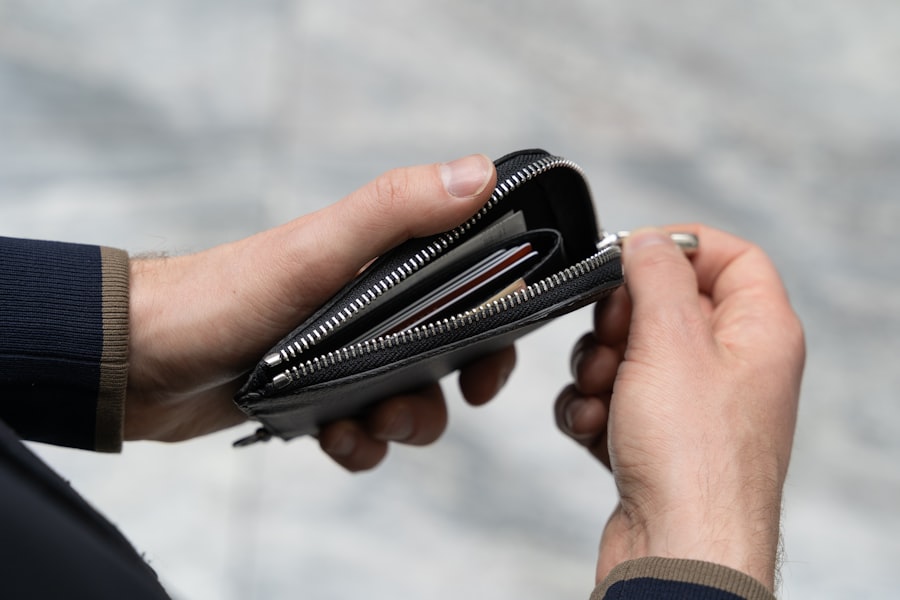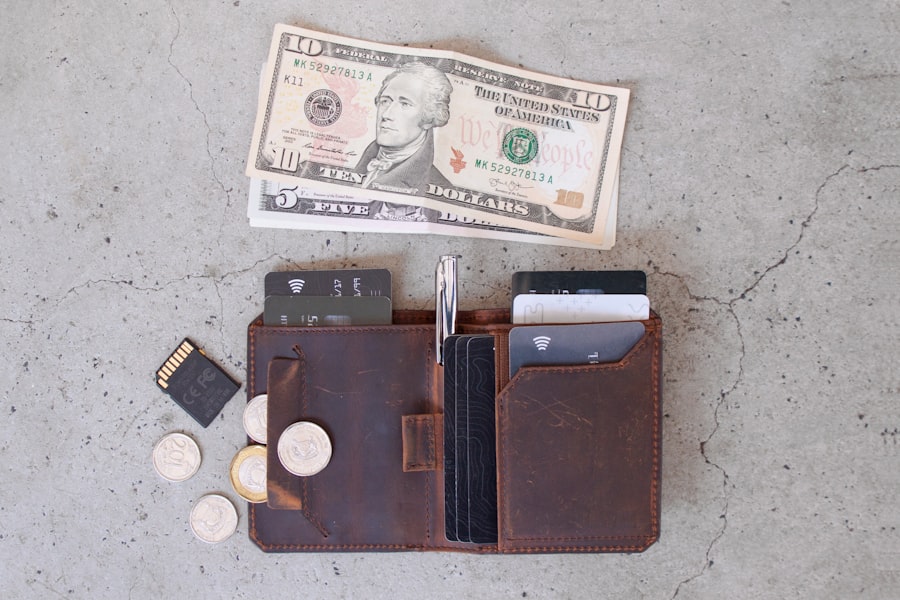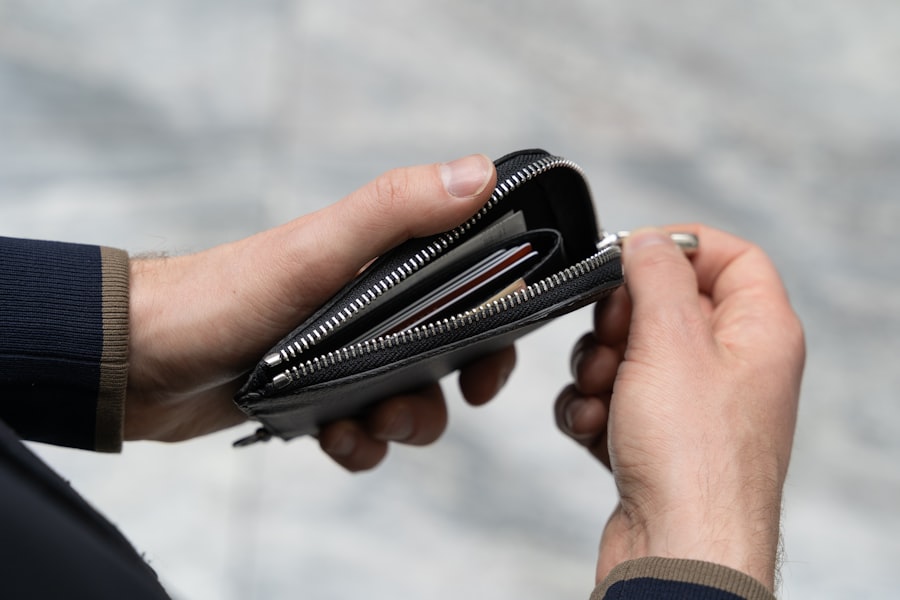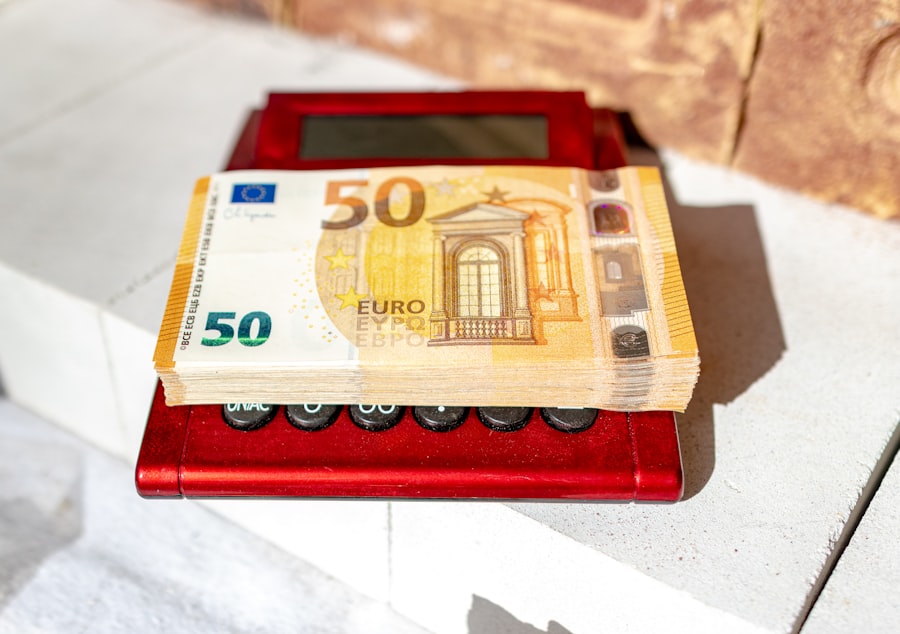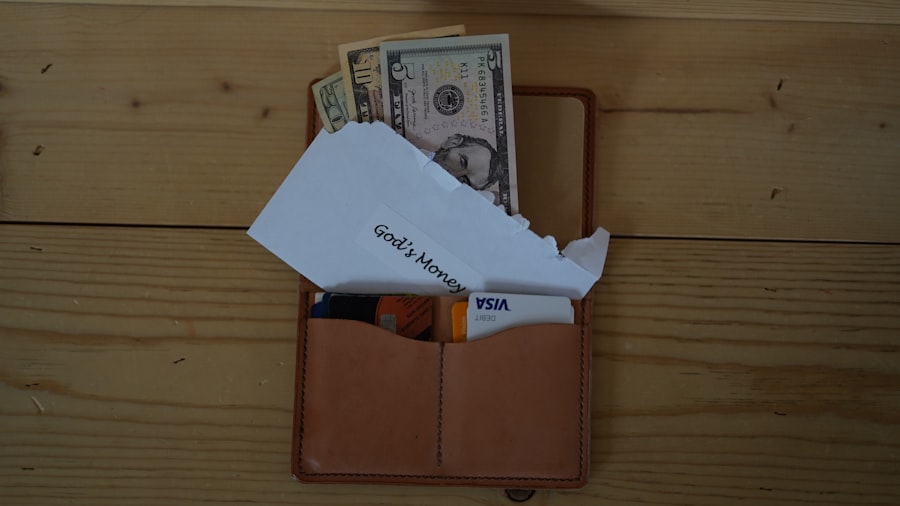In an increasingly digital world, personal finance management has evolved significantly, with technology playing a pivotal role in how individuals handle their financial affairs. Personal money management apps have emerged as essential tools for users seeking to gain control over their finances. These applications offer a range of features designed to simplify budgeting, track expenses, and facilitate savings and investments.
With the proliferation of smartphones and the internet, these apps have become accessible to a broad audience, making financial literacy more attainable than ever before. The rise of personal money management apps can be attributed to the growing need for financial awareness and responsibility. Many individuals find themselves overwhelmed by their financial obligations, leading to stress and poor decision-making.
By leveraging technology, these apps provide users with the ability to visualize their financial situation in real-time, enabling them to make informed choices. Whether one is a student managing a limited budget or a professional planning for retirement, these tools cater to diverse financial needs and goals, making them indispensable in today’s fast-paced economic environment.
Key Takeaways
- Personal money management apps help individuals track and manage their finances on the go
- Setting financial goals and creating a budget is made easier with the use of money management apps
- Tracking expenses and income becomes more efficient and accurate with the help of money management apps
- Analyzing spending habits and identifying areas for improvement is simplified through the data provided by money management apps
- Money management apps offer features for saving and investing, making it easier for users to grow their wealth
Setting Financial Goals and Budgeting with a Money Management App
Establishing clear financial goals is the cornerstone of effective money management. Personal money management apps empower users to set specific, measurable, achievable, relevant, and time-bound (SMART) goals. For instance, an individual may aim to save $5,000 for a vacation within a year.
By inputting this goal into the app, users can track their progress and receive reminders to stay on course. This feature not only motivates users but also instills a sense of accountability as they monitor their savings journey. Budgeting is another critical aspect that these apps facilitate.
Users can create budgets based on their income and expenses, categorizing spending into various segments such as housing, food, entertainment, and savings. Many apps offer customizable budget templates that adapt to individual lifestyles. For example, a user might allocate 30% of their income to housing costs while designating 20% for savings.
By visualizing their budget through graphs and charts, users can easily identify areas where they may be overspending or where they can cut back, ultimately leading to better financial health.
Tracking Expenses and Income with a Money Management App
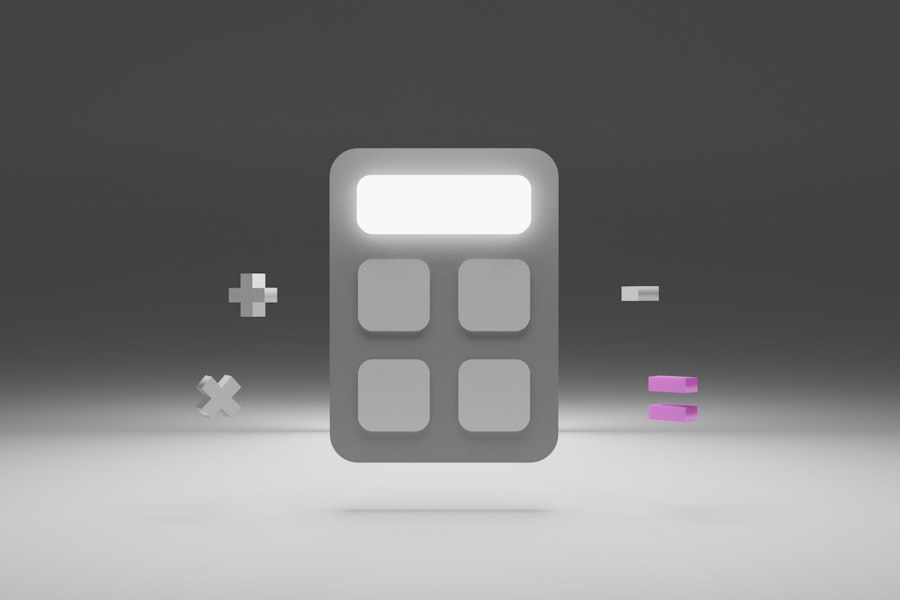
One of the most powerful features of personal money management apps is their ability to track expenses and income seamlessly. Users can link their bank accounts and credit cards directly to the app, allowing for automatic transaction imports. This automation eliminates the tedious task of manual entry and ensures that users have an up-to-date view of their financial situation.
For instance, if a user makes a purchase at a grocery store, the app will automatically categorize that expense under groceries, providing an accurate reflection of spending habits.
Users can input various income sources—such as salaries, freelance work, or rental income—into the app. This feature allows individuals to see not only how much they are earning but also how it aligns with their spending patterns. By having a clear picture of both income and expenses, users can make informed decisions about their finances, such as whether they can afford a new purchase or if they need to adjust their budget to accommodate unexpected expenses.
Analyzing Spending Habits and Identifying Areas for Improvement
| Category | Monthly Spending | Percentage of Total Spending |
|---|---|---|
| Food | 500 | 20% |
| Transportation | 300 | 12% |
| Entertainment | 200 | 8% |
| Housing | 1000 | 40% |
| Utilities | 200 | 8% |
| Savings | 300 | 12% |
Understanding spending habits is crucial for anyone looking to improve their financial situation. Personal money management apps provide users with detailed analytics that break down spending patterns over time. For example, an app might generate reports showing that a user spends significantly more on dining out than on groceries.
This insight can prompt users to reconsider their dining habits and explore ways to reduce restaurant expenses. Additionally, many apps offer comparative analysis features that allow users to benchmark their spending against similar demographics or national averages. This context can be enlightening; for instance, if a user discovers that they are spending 15% more on entertainment than the average person in their age group, it may encourage them to reassess their discretionary spending.
By identifying these areas for improvement, users can take actionable steps toward better financial health, such as setting limits on certain categories or finding alternative activities that are less costly.
Utilizing Features for Saving and Investing
Beyond budgeting and expense tracking, personal money management apps often include features designed specifically for saving and investing. Many applications offer automated savings tools that round up purchases to the nearest dollar and transfer the difference into a savings account. For example, if a user buys a coffee for $3.50, the app will round up the transaction to $4.00 and save the extra $0.50.
Over time, these small contributions can accumulate into significant savings without requiring much effort from the user.
Some platforms allow users to invest directly from the app by offering access to stocks, bonds, or mutual funds with minimal fees.
This democratization of investing enables individuals who may have previously felt intimidated by the stock market to participate in wealth-building opportunities. For instance, a user might choose to invest in a diversified portfolio based on their risk tolerance and financial goals directly through the app interface.
Managing Debt and Credit with a Money Management App

Debt management is another critical function of personal money management apps. Many users struggle with various forms of debt—credit cards, student loans, mortgages—and keeping track of payments can be daunting. These apps often provide features that allow users to input their debts along with interest rates and payment due dates.
By visualizing this information in one place, users can prioritize which debts to pay off first based on interest rates or remaining balances. Furthermore, some apps offer credit score monitoring services that provide insights into how spending habits affect credit scores over time. Users can receive alerts about changes in their credit score or reminders about upcoming payments that could impact their creditworthiness.
For example, if a user misses a payment on a credit card, the app may notify them of the potential negative impact on their credit score while also suggesting strategies for improving it in the future.
Maximizing the Benefits of a Money Management App
To fully leverage the capabilities of personal money management apps, users should engage with all available features actively. This means not only inputting data but also regularly reviewing financial reports generated by the app. By taking time each week or month to analyze spending patterns and assess progress toward financial goals, users can stay informed about their financial health and make necessary adjustments.
Additionally, many apps offer community features or forums where users can share tips and experiences with others on similar financial journeys. Engaging with this community can provide valuable insights into best practices for budgeting or saving strategies that have worked for others. Furthermore, some apps may offer educational resources such as articles or webinars on topics like investing or debt reduction that can enhance users’ financial literacy.
Tips for Using a Money Management App Effectively
To maximize the effectiveness of personal money management apps, users should consider several best practices. First and foremost is consistency; regularly updating transactions and reviewing budgets ensures that users maintain an accurate picture of their finances. Setting aside dedicated time each week for this task can help establish a routine that fosters accountability.
Another important tip is to customize notifications according to personal preferences. Many apps allow users to set alerts for bill payments, budget limits, or even when they reach certain savings milestones. Tailoring these notifications can help keep users engaged with their financial goals without becoming overwhelming.
Lastly, it is essential for users to remain open-minded about adjusting their financial strategies based on insights gained from the app. If certain spending categories consistently exceed budgets or if savings goals are not being met, it may be time to reevaluate priorities or explore new approaches to managing finances effectively. By embracing these practices and utilizing the full range of features offered by personal money management apps, individuals can take significant strides toward achieving financial stability and success in an increasingly complex economic landscape.
If you are looking for a personal money management app, you may want to check out the NerdWallet Personal Finance App. This app offers a comprehensive platform for tracking expenses, setting budgets, and managing your finances effectively. For more information on budget planning tools, you can also read about the best and cheapest budget planner available today here.




